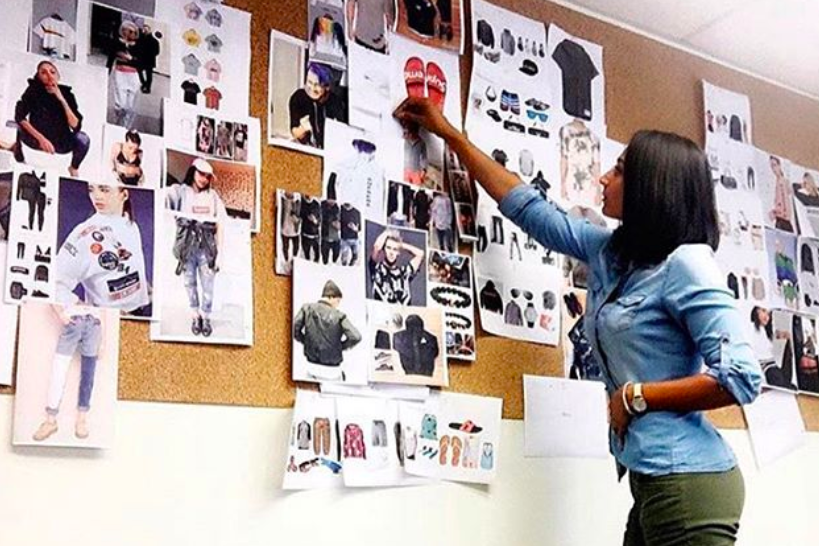Discover how organizational culture influences sustainable brand development in the global fashion industry. IL MODA BRANDS shares insights from ongoing doctoral research exploring ethical and fast fashion through a cultural and sustainability lens.
Read MoreLubna Najjar on Ethical Fashion and the Future of Retail – Pt. 1
How can consumers make more ethical choices when it comes to their clothing purchases to combat overconsumption?





